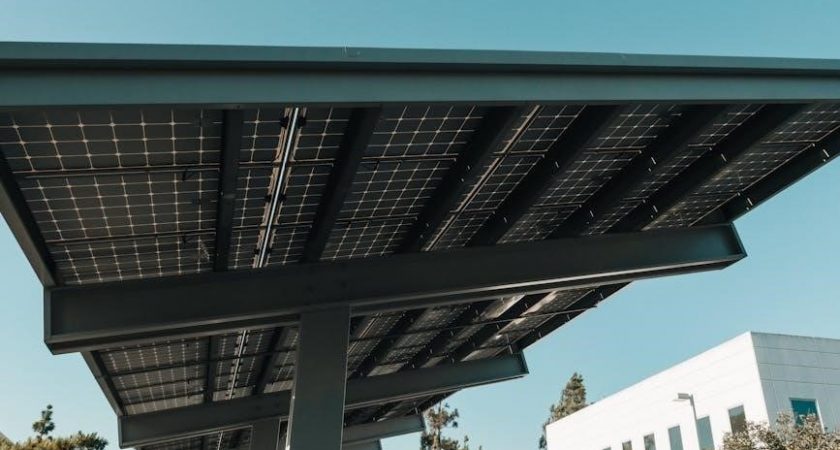Understanding Zone 10b Hardiness Zone
Zone 10b is a USDA hardiness zone with mild winters and hot summers‚ ideal for growing diverse plants. It specifies the average annual extreme temperature‚ helping gardeners choose suitable plants for their region.
1.1 What is Zone 10b?
Zone 10b is a USDA hardiness zone characterized by mild winters and hot summers‚ with average annual extreme temperatures ranging from 35°F to 45°F. Located in Southern California‚ it offers ideal conditions for growing a wide variety of plants year-round‚ making it a popular choice for gardeners seeking diverse and thriving landscapes.
1.2 Temperature Ranges for Zone 10b
Zone 10b experiences mild winters‚ with temperatures ranging from 35°F to 45°F‚ and hot summers‚ often reaching over 100°F. This climate allows for year-round planting‚ but gardeners must adapt to extreme heatwaves and mild frosts‚ ensuring plants are selected for these conditions.
1.3 Importance of Hardiness Zones for Planting
Hardiness zones guide gardeners in selecting plants suitable for their area’s climate. Zone 10b’s mild winters and hot summers mean plants must tolerate heat and minimal frost. This zone system helps gardeners avoid planting species that may not survive‚ ensuring successful growth and reducing crop failure risks.

Climate and Growing Seasons in Zone 10b California
Zone 10b California experiences mild winters and hot summers‚ with a long growing season. This climate allows year-round planting‚ making it ideal for diverse crops that thrive in heat.
2.1 Annual Temperature Fluctuations
Zone 10b California has warm winters‚ with temperatures rarely dropping below 35°F‚ and hot summers‚ often reaching 100°F. This significant temperature fluctuation requires gardeners to select plants adaptable to both mild and extreme conditions‚ ensuring optimal growth throughout the year.
2.2 Length of the Growing Season
Zone 10b California has a long growing season‚ typically lasting around 280 days. This extended period allows for multiple harvests and year-round planting opportunities. Gardeners can grow warm-season crops in summer and cool-season crops in winter‚ making it ideal for diverse and continuous production with proper planning and care.
2.3 Microclimates in Southern California
Southern California’s Zone 10b features diverse microclimates due to elevation‚ coastal proximity‚ and urban heat islands. Coastal areas remain cooler‚ while inland regions experience higher temperatures. These variations allow gardeners to grow a wide range of plants by leveraging local conditions‚ ensuring optimal growth and adaptation to specific microclimates within the broader Zone 10b designation.
Best Soil for Zone 10b Gardens
Zone 10b gardens thrive in well-draining‚ sandy loam soil with organic compost. Mulching retains moisture and regulates soil temperature‚ ensuring optimal growing conditions for plants in Southern California’s climate.
3.1 Recommended Soil Types
For Zone 10b gardens‚ sandy loam and well-draining soils are ideal. Mixing compost or organic matter enhances fertility and water retention. Avoid heavy clay soils to prevent waterlogging. Raised beds with a mix of topsoil‚ perlite‚ and peat moss are excellent for container gardening‚ ensuring healthy root development and optimal drainage in Southern California’s climate.
3.2 Tips for Preparing Garden Soil
Test soil pH and amend with lime or sulfur if necessary. Incorporate compost or manure to enhance fertility and drainage. Ensure proper drainage to prevent waterlogging. Consider raised beds for better drainage and root health. Mulch around plants to retain moisture‚ suppress weeds‚ and maintain soil structure over time. Avoid over-fertilization to prevent nutrient imbalances.
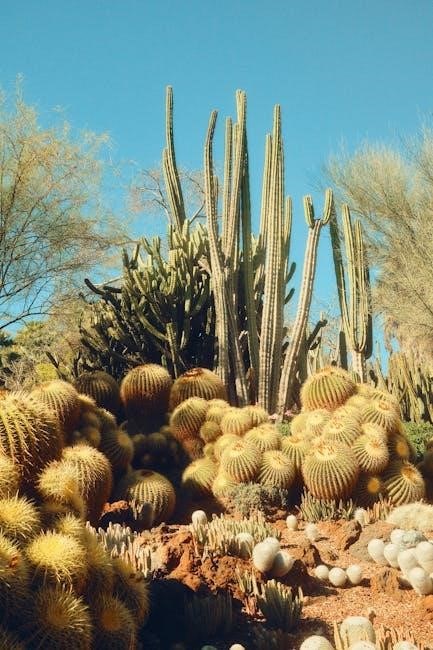
Choosing the Right Plants for Zone 10b
Zone 10b’s warm climate supports a variety of plants. Select drought-tolerant and heat-resistant species like succulents‚ tomatoes‚ peppers‚ and herbs. Check USDA zone compatibility for optimal growth and success.
4.1 Vegetables Suitable for Zone 10b
Zone 10b gardeners can grow tomatoes‚ peppers‚ eggplants‚ and herbs year-round. Leafy greens like spinach and kale thrive in cooler months‚ while cucumbers and squash excel in warm weather. Root vegetables such as carrots and radishes also do well. Ensure plants receive full sun and well-drained soil for optimal growth in Zone 10b’s climate.
4.2 Fruits and Berries for Zone 10b Gardens
Zone 10b supports a wide variety of fruits and berries‚ including strawberries‚ blueberries‚ raspberries‚ and citrus like lemons and oranges. Avocado trees thrive in Southern California’s climate‚ and pomegranates and figs also grow well. These plants benefit from the region’s mild winters and hot summers‚ making Zone 10b ideal for fruitful and bountiful harvests year-round.
4.3 Flowers and Ornamental Plants for Zone 10b
Zone 10b is perfect for vibrant flowers and ornamental plants like bougainvillea‚ marigolds‚ and lantana. Succulents such as aloe and agave thrive in the region’s dry conditions‚ while sunflowers and zinnias add color and texture. These plants are well-suited to the zone’s full sun and mild winters‚ creating stunning‚ low-maintenance landscapes that flourish year-round.
4.4 Herbs That Thrive in Zone 10b
Zone 10b supports a wide variety of herbs‚ including basil‚ rosemary‚ and mint‚ which love the warm climate. Thyme‚ oregano‚ and parsley also grow well in the region’s full sun and well-drained soil. These herbs thrive year-round‚ making them ideal for fresh use or drying. Regular watering and proper care ensure abundant growth in Zone 10b gardens.
Planting Calendar for Zone 10b
Zone 10b’s planting calendar allows year-round gardening. Start tomatoes in early spring and plant heat-tolerant crops like peppers in summer. Check the USDA Planting Zone Map for precise timing.
5.1 Spring Planting Guide
Spring is ideal for planting tomatoes‚ peppers‚ and herbs in Zone 10b. Start seedlings indoors 4-6 weeks before the last frost date. Direct sow warm-season crops like zucchini and beans. Incorporate flowers like marigolds to attract pollinators. Vertical gardening can maximize space while ensuring full sun exposure for heat-loving plants.
5.2 Summer Planting Recommendations
Zone 10b’s hot summers are perfect for heat-tolerant plants. Plant okra‚ eggplant‚ and peppers for high yields. strawberries and melons thrive in warmer months. Incorporate drought-tolerant varieties to conserve water. Use efficient irrigation techniques like drip systems. Add companion plants like basil and marigold to enhance growth and deter pests‚ ensuring a vibrant and productive summer garden in Southern California.
5.3 Fall and Winter Planting Options
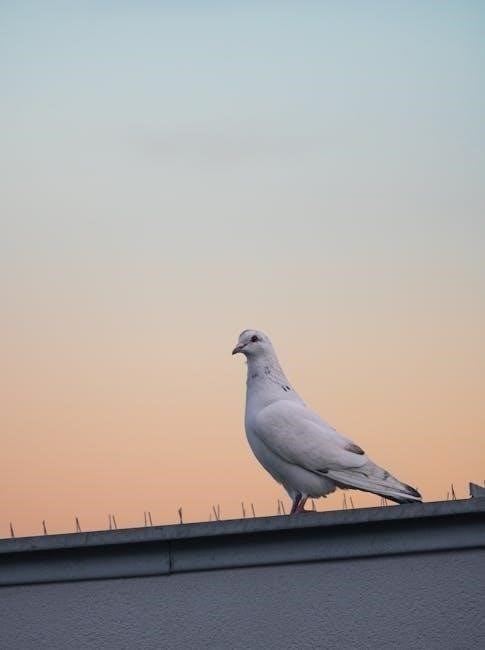
Zone 10b’s mild winters allow for a wide range of cool-season crops. Plant broccoli‚ spinach‚ and kale in early fall for a winter harvest. Carrots and radishes thrive in cooler temperatures. Use drip irrigation or soaker hoses for efficient watering. Add mulch to retain moisture and regulate soil temperature‚ ensuring healthy growth during the cooler months in Southern California.

Water Management in Zone 10b Gardens
Efficient irrigation is crucial in Zone 10b’s hot climate. Use drip irrigation or soaker hoses to minimize evaporation. Mulch helps retain soil moisture‚ reducing water needs; Avoid overwatering to prevent root rot and ensure healthy plant growth.
6.1 Efficient Irrigation Techniques
Drip irrigation and soaker hoses deliver water directly to roots‚ minimizing evaporation. Mulching retains soil moisture‚ reducing the need for frequent watering. Smart irrigation controllers adjust schedules based on weather‚ optimizing water use. Group plants by water needs to avoid overwatering. These methods conserve water while ensuring plants thrive in Zone 10b’s arid conditions.
6.2 Drought-Tolerant Plant Selection
Drought-tolerant plants are essential for Zone 10b gardens‚ offering water conservation and vibrant growth. Succulents‚ drought-resistant herbs like rosemary‚ and Mediterranean natives thrive in full sun with minimal watering. These plants not only reduce water usage but also add beauty and resilience to your garden‚ making them ideal for California’s climate.
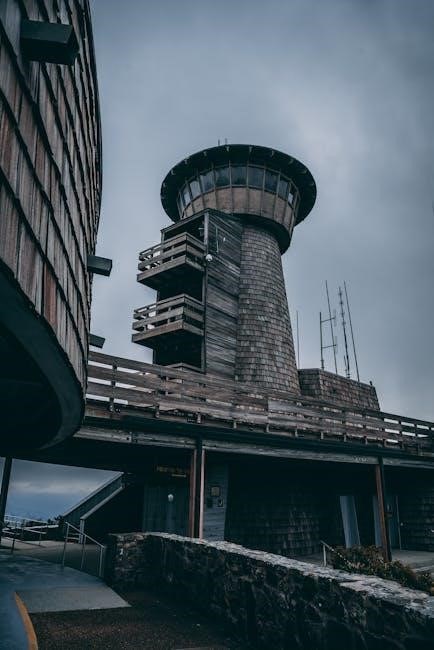
Common Pests and Diseases in Zone 10b
Zone 10b gardens often face pests like aphids‚ whiteflies‚ and spider mites‚ as well as diseases such as powdery mildew and root rot. Regular monitoring and organic treatments are essential for maintaining plant health and preventing infestations in this warm climate.
7.1 Pests to Watch For
In Zone 10b‚ common pests include aphids‚ whiteflies‚ spider mites‚ and hornworms. These insects can damage plants by feeding on leaves and flowers‚ reducing growth and productivity. Regular inspection and organic pest control methods‚ such as neem oil or insecticidal soap‚ are essential to manage infestations and protect plant health in this warm and fertile climate.
7.2 Diseases Common in Zone 10b
Zone 10b gardeners often face challenges with root rot‚ powdery mildew‚ and leaf spot diseases. These issues are exacerbated by overwatering and high humidity. Regular soil inspection‚ improving drainage‚ and ensuring good air circulation can help prevent these diseases. Fungicides and organic treatments are effective for managing outbreaks‚ protecting plant health in this warm climate.
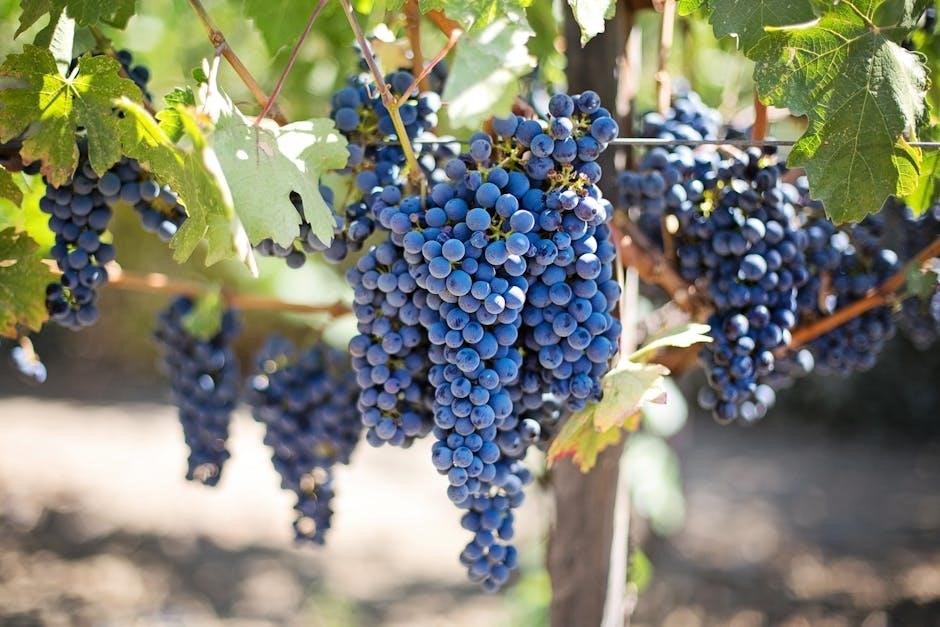
Garden Layout and Companion Planting
Zone 10b gardeners can enhance their layouts by using companion planting‚ pairing tomatoes with basil to deter pests and improve flavor‚ while ensuring adequate sunlight for all plants.
8.1 Designing a Zone 10b Garden
Designing a Zone 10b garden requires understanding microclimates and full sun needs. Use vertical gardening for space efficiency and air circulation. Incorporate shade strategies for heat-sensitive plants and water-efficient irrigation systems. Mix native plants with drought-tolerant species to create a resilient‚ biodiversity-rich landscape. Companion planting with herbs and flowers enhances growth and pest control‚ ensuring a thriving garden in Southern California’s climate.
8.2 Companion Planting Strategies
Companion planting in Zone 10b enhances growth by pairing plants that deter pests or improve soil health. Basil with tomatoes‚ marigolds with vegetables‚ and borage with strawberries are effective combinations. Herbs like rosemary and sage repel pests‚ while legumes fix nitrogen in the soil. This method promotes biodiversity‚ reduces pests‚ and creates a balanced ecosystem for thriving plants in Southern California’s climate.
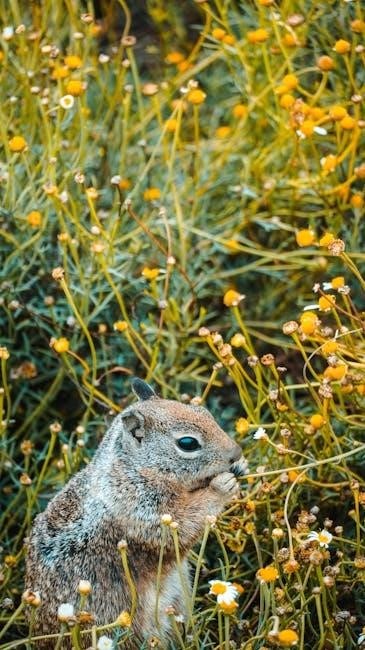
Tools and Resources for Zone 10b Gardeners
Essential tools include trowels‚ gloves‚ and drip irrigation systems. Resources like the Heirloom Potagers Growing Guide and Gilmour’s planting zone map are invaluable. Online communities offer tailored advice and support for local gardeners.
9.1 Essential Gardening Tools
Essential tools for Zone 10b gardeners include gloves‚ trowels‚ pruners‚ and watering cans. Drip irrigation systems and mulching forks are also crucial for efficient watering and soil management. Additionally‚ a soil pH tester and smart irrigation controllers can optimize plant care in the region’s warm climate.
9.2 Online Resources and Communities
Online resources like gardening forums‚ YouTube channels‚ and university extensions provide valuable guidance for Zone 10b gardeners. Websites such as the USDA Planting Zone Map and local nursery blogs offer tailored advice. Social media groups and regional gardening communities also share tips‚ solutions‚ and inspiration‚ fostering collaboration among gardeners in Southern California.
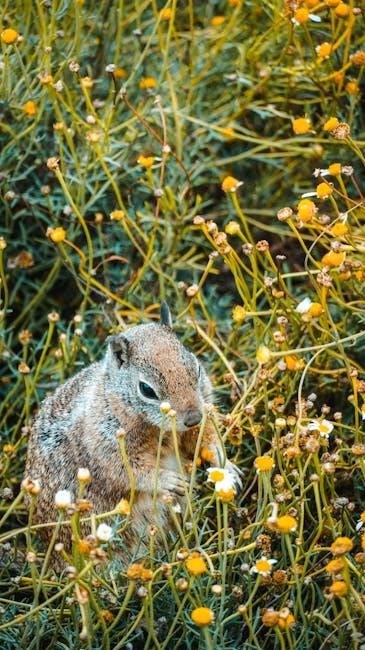
Frequently Asked Questions About Zone 10b Planting
Common questions include which plants thrive in full sun‚ heatwave protection strategies‚ and tips for new gardeners. Answers often highlight popular choices like tomatoes and peppers‚ shade cloth solutions‚ and starting with drought-tolerant varieties‚ while encouraging use of local resources.
10.1 What Plants Grow Best in Full Sun?
Plants like tomatoes‚ peppers‚ and herbs such as basil‚ rosemary‚ and oregano thrive in Zone 10b’s full sun. Vegetables like zucchini and eggplant also excel. For flowers‚ bougainvillea and marigolds are ideal. Ensure plants receive at least 6 hours of direct sunlight daily for optimal growth and flowering.
10.2 How to Protect Plants from Heatwaves
To shield plants from heatwaves‚ use shade cloth or row covers during peak sun. Water deeply in the early morning to retain moisture. Mulch around plants to cool the soil and reduce evaporation. Avoid overhead watering‚ which can scorch leaves. Plant heat-tolerant varieties and ensure good air circulation to minimize stress.
Success Stories and Tips from Zone 10b Gardeners
Experienced gardeners in Zone 10b emphasize layering soil for optimal drainage and moisture retention. Vertical grow towers are recommended to elevate plants‚ ensuring full sun exposure and healthy growth.
11.1 Lessons Learned from Experienced Gardeners
Experienced gardeners in Zone 10b highlight the importance of vertical gardening for space efficiency; Layering soil types improves drainage and moisture retention‚ while full sun exposure is crucial for plants like tomatoes and peppers. Companion planting with basil and marigold enhances growth and deters pests‚ as shared by successful local growers.
11.2 Creative Solutions for Zone 10b Challenges
Experienced gardeners use raised beds for better drainage and root growth. Drought-tolerant plants like bougainvillea thrive in Zone 10b’s dry conditions. Shading plants during extreme heatwaves and using mulch retains moisture. Vertical gardening maximizes space‚ while companion planting deters pests naturally. These strategies enhance productivity and sustainability in Southern California’s unique climate.
Understanding Zone 10b’s climate‚ soil‚ and plant selection is key to successful gardening. Start planning your garden today and enjoy a thriving‚ resilient space.
12.1 Recap of Key Planting Tips
Choose plants suited to Zone 10b’s warm climate‚ prepare soil with organic matter‚ water efficiently‚ and plant seasonally. Select drought-tolerant species‚ protect plants from heatwaves‚ and leverage microclimates for optimal growth. Plan your garden layout and use companion planting to enhance productivity and pest resistance. Start small‚ learn from experiences‚ and enjoy the rewards of your thriving garden in Zone 10b.
12.2 Encouragement to Start Your Zone 10b Garden
Zone 10b offers a perfect climate for year-round gardening. With minimal frost and abundant sunshine‚ you can grow a wide variety of vibrant flowers‚ delicious fruits‚ and fresh vegetables. Starting a garden in Zone 10b is a rewarding journey that brings beauty‚ fresh produce‚ and a sense of accomplishment. Dive in‚ experiment‚ and enjoy the fruits of your labor!
